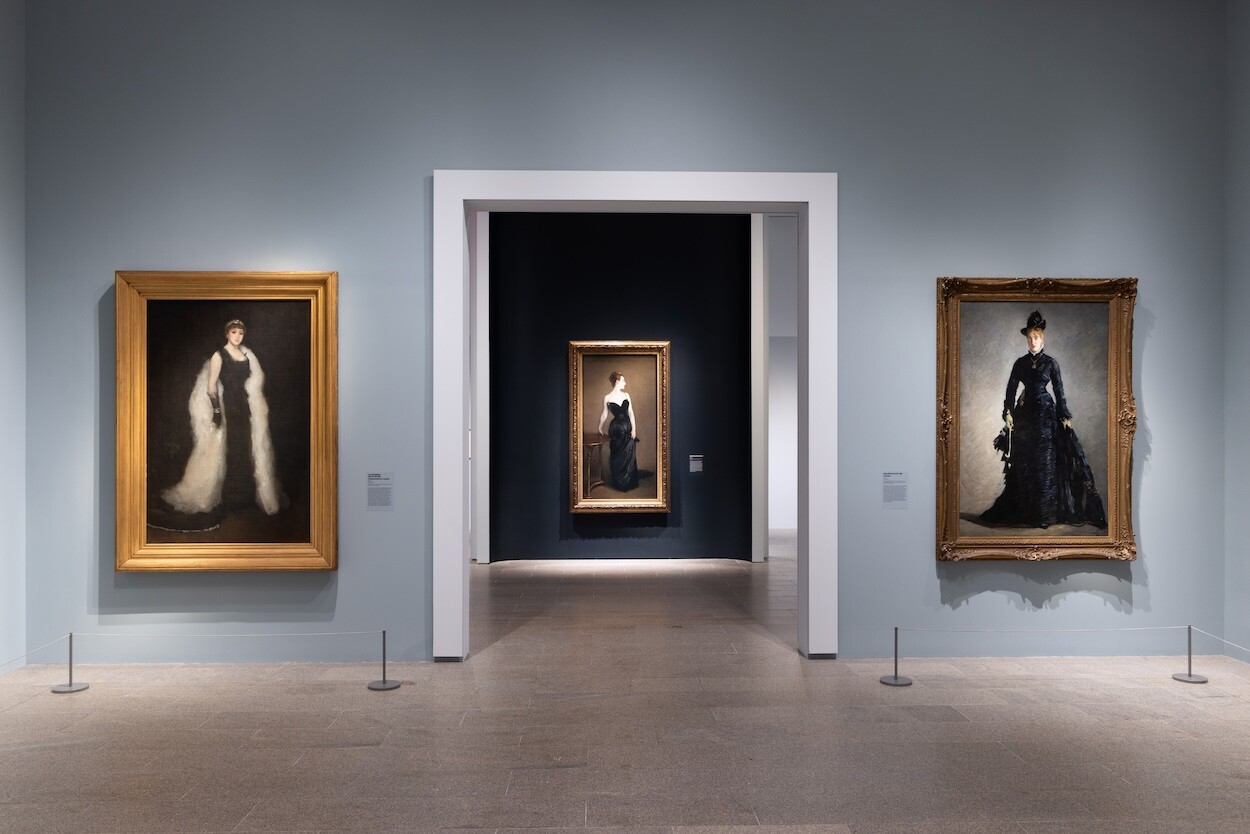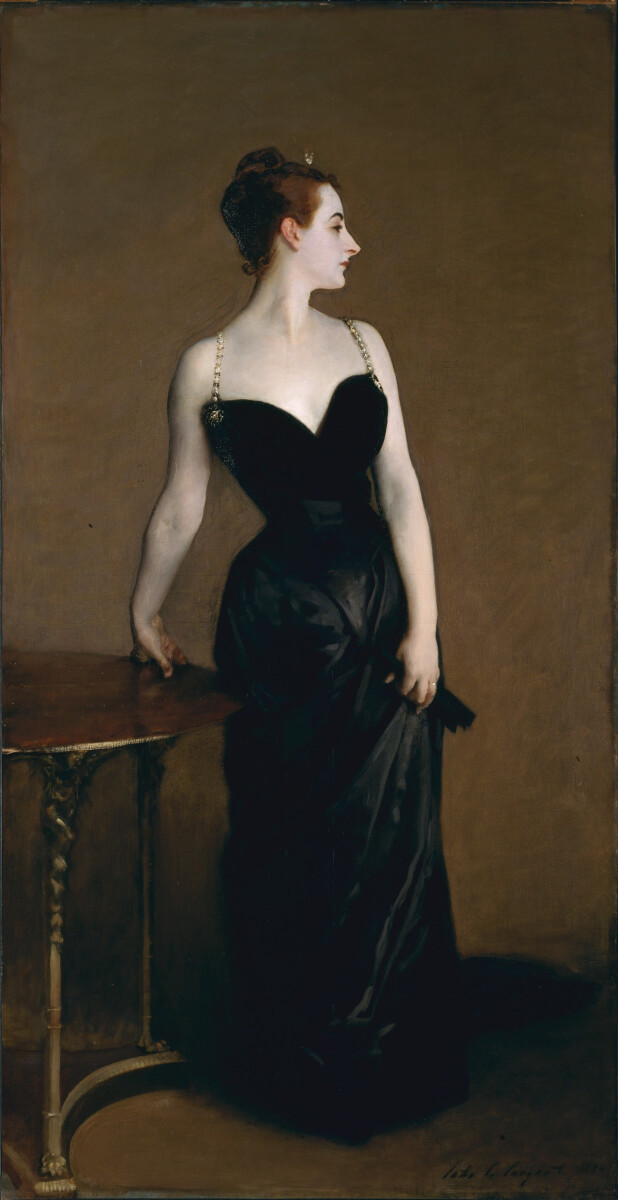Masterpiece Spotlight: The Story Behind “Madame X"
19 Aug 2025
As the Musée d’Orsay prepares to open its landmark exhibition John Singer Sargent: The Paris Years (1874–1884) this autumn (September 23rd, 2025 to January 11th, 2026), Madame X (1884) takes centre stage as one of the most anticipated highlights. Returning to Paris for the first time since its scandalous debut at the Salon, the portrait will be shown alongside other works from Sargent’s defining decade in the city, offering new insight into the making of one of art history’s most talked-about paintings.
Painted at the height of Belle Époque society, Madame X captures Virginie Amélie Avegno Gautreau, a celebrated socialite whose striking appearance and unconventional beauty fascinated Sargent. With her pale skin, severe profile, and the famously fallen strap of her gown, the portrait pushed beyond traditional portraiture into something more daring. It was precisely this boldness that shocked Paris in 1884.

A Scandal at the Salon: When Boldness Backfired
Sargent intended Madame X to be his breakthrough at the Paris Salon, a showcase of his skill and originality that would secure his place among France’s leading portraitists. Instead, the painting provoked outrage. The strap slipping from Gautreau’s shoulder was seen as indecent, her pose too theatrical, and her pallid complexion unnerving. Critics mocked the work, and society whispered about both the painter and the sitter. The fallout was swift and devastating. Gautreau, who had hoped the portrait would enhance her reputation, found herself humiliated, while Sargent’s career in Paris collapsed almost overnight. Within a year, he relocated to London, where he would rebuild his practice among a new circle of patrons.
Beyond the Strap: Sargent’s Experiment with Modern Beauty
Although much of the scandal rested on the suggestion of exposed flesh, Sargent’s innovation reached further. His treatment of Gautreau’s skin, heightened with lavender tones against a nearly black ground, created a startling contrast that was closer to abstraction than tradition. Her profile, elongated and severe, exaggerated her distinctive beauty rather than flattering it. By stripping away the usual markers of a society portrait and reducing the background to a void, Sargent presented Gautreau as a striking, almost sculptural figure. In doing so, he reframed portraiture as something more than likeness, turning it into an exploration of modern identity and allure.
From Outrage to Icon: The Changing Legacy of Madame X
Over time, what was once scandalous came to be seen as visionary. By 1916, Sargent himself recognised its importance, selling the painting to The Metropolitan Museum of Art in New York and describing it as “the best thing I have ever done.” Today, it is regarded as one of the most iconic portraits in American art, celebrated not for its impropriety but for its daring style and psychological intensity. The very elements that once offended Salon audiences are now admired as hallmarks of modern portraiture. Its return to Paris for the Musée d’Orsay exhibition reframes the painting as a landmark in the evolution of portraiture, highlighting Sargent’s willingness to take risks that ultimately secured his place in art history.
Get closer to masterpieces like this and more! Members enjoy free priority access to the Musée d’Orsay.
Explore our membership options HERE.